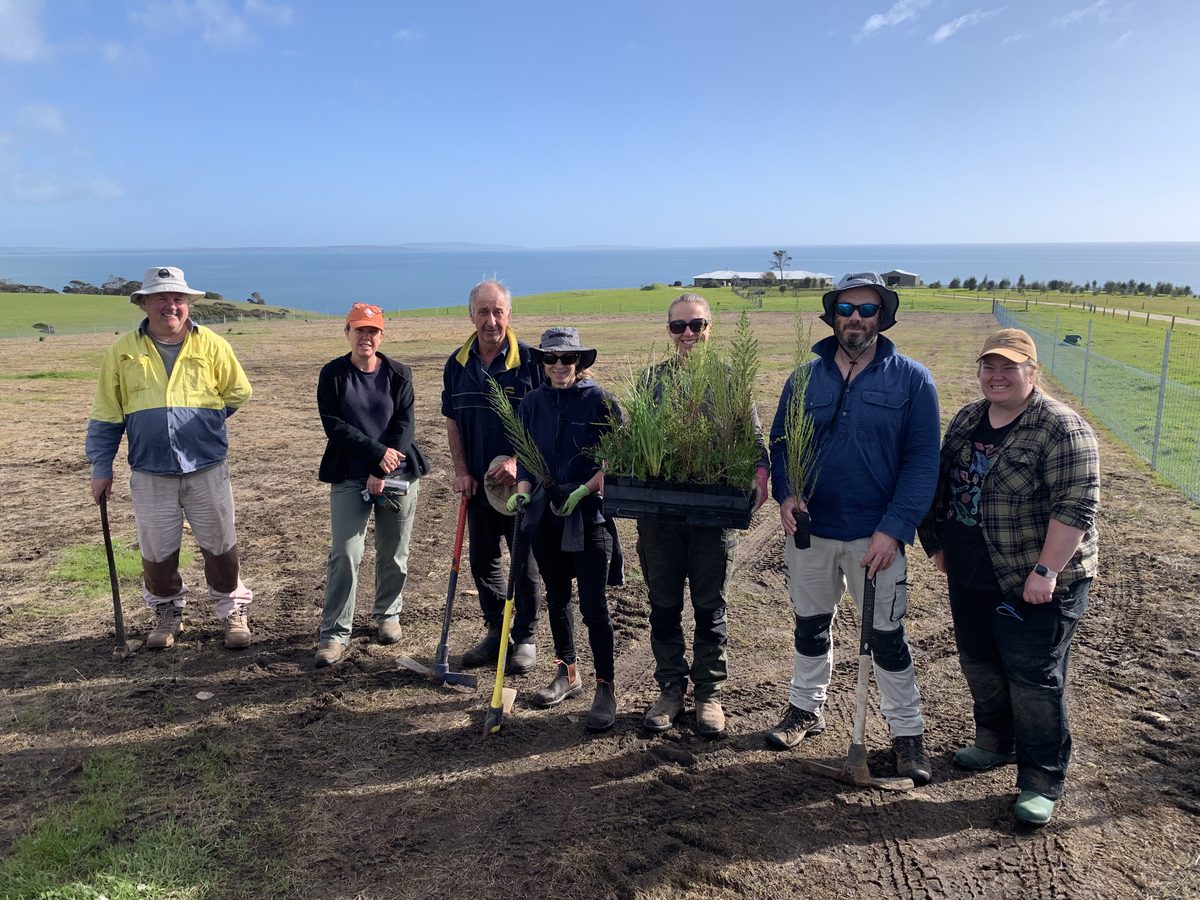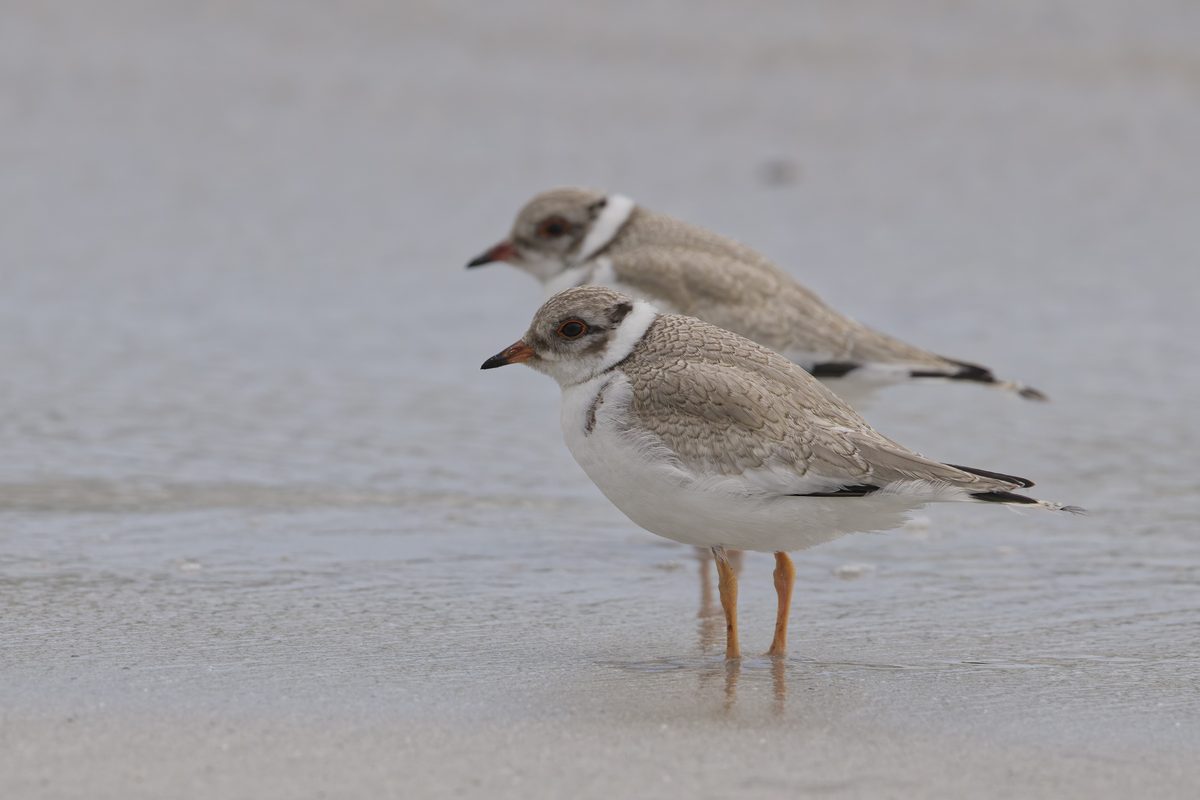Fox fright on KI
Natural Resources Kangaroo Island officers check out report of a fox, fortunately a false alarm.
Foxes have played a major role in the decline of a number of native animal species and they prey on newborn lambs and poultry. They could also act as a carrier of rabies should the disease accidentally be introduced into Australia. For these reasons it is essential that Kangaroo Island preserve its fox-free status, so Natural Resources Kangaroo Island staff undertook an extensive investigation when it recently received a report from a KI visitor of a fox calling at Island Beach.
The visitor reported hearing several potential fox calls in the late evening and the next day he found suspicious tracks and fresh scat (faeces) in the location of the noise.
Unfortunately it took several days for this to be reported to the natural resources centre, but staff responded immediately sending the scat to Canberra for DNA analysis. They photographed the tracks, set up movement cameras and placed cage traps in the location.
The results of the DNA sequencing test showed that it was cat faeces. This concurred with the camera trap results and tracks that were found. Several feral cats as well as possums and wallabies were photographed by the motion cameras.
‘The report was treated as fairly credible, even though a fox had not been sighted, as the reporter has property in the Barossa Valley and Adelaide Hills and is very familiar with the sounds a fox can make’ said Andrew Triggs, Biosecurity Liaison Officer with Natural Resources KI.
‘Fortunately it appears to have been a false alarm, but it is a timely reminder about the importance of early reporting and the significance of a potential fox incursion to KI.’
A fox incursion response plan is currently being developed and learnings from this false alarm have been valuable in the construction of this plan.
Please report any potential sightings of foxes, ferrets, goats or deer as soon as sighted as soon as you can.



